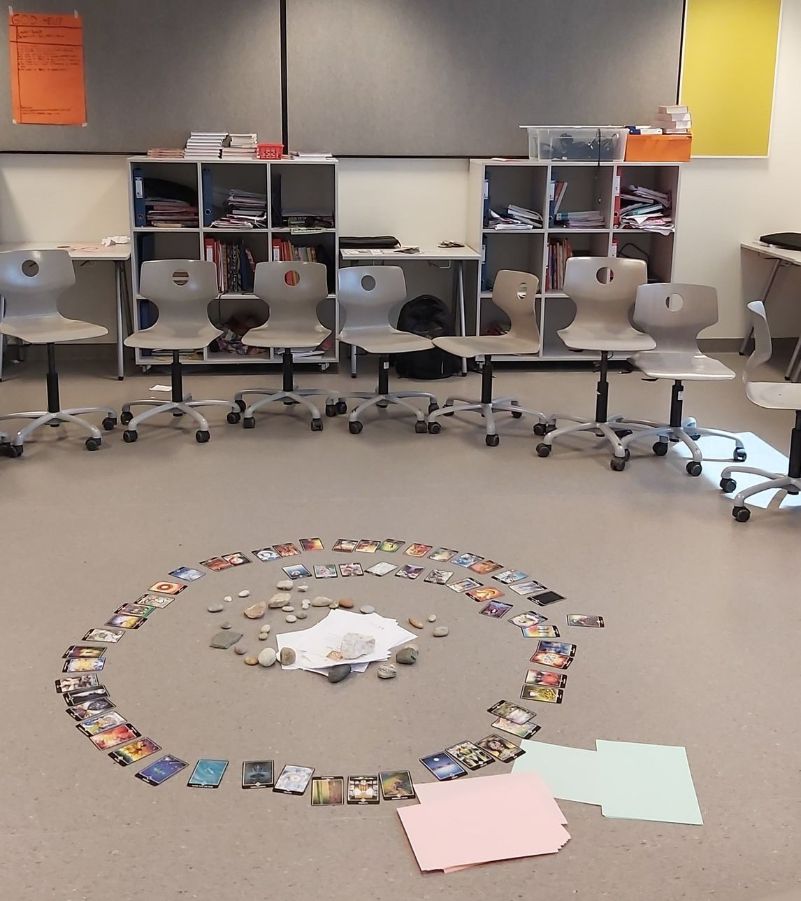
An invitation from the global initiative One Day in 2050 gave me the energy to start a local conversation about how a day in 2050 would be in our community. A conversation that inspired and engaged a local group of grade 8 students while giving them the experience of participatory ways of meeting and collaborative decision-making.
It all started when I was asked to write an article on any chosen day in 2050, to reflect the changes in society based on climate change and our efforts to reach the UN Sustainability Goals.
After reading the 2050 stories by people worldwide, I thought these stories have great potential to be an eye-opener and kick-off for local development towards 2050. Peter Block’s book “Community – The Structures of Belonging” strongly influences my worldview. In this book, he says, “Every time we gather becomes a model of the future we want to create.” Society changes for the better by engaging all citizens, sharing their resources, and seeing themselves and others’ contributions as gifts.
I am a municipal council representative in the municipal council in Molde, Norway. After 25 years in public administration and a master’s degree in community planning, public management, and private/public co-creative innovation, I am passionate about good social development, where people participate actively as citizens. I firmly believe that new generations must learn to see that their participation and personal commitment/ leadership shape the future. My engagement is rooted in a feeling that the time is running out to make the world safe for all based on the rising climate changes.
I imagined what kinds of stories young people might tell about One Day in 2050. And that our local newspaper might be interested in participating and printing these stories. I intend that the pupils’ work and collaboration with the newspaper would raise awareness locally about what future we shape through our thoughts and actions today. I thought the One Day in 2050 material has excellent potential as learning and reflection material. Such sources are essential in creating greater awareness that we who live now and our daily choices between now and 2050 will shape the future.
To make a sustainable future possible, we need to have a public conversation about where we want to go and what we want to do. In my opinion, we need all people to see themself as invited to engage in relevant Change initiatives and, through their accountable leadership of self and others, to contribute to making a more sustainable world for all. And that includes our young people.
Bringing the conversation to the school
I created a design for a full day of alternative school, focusing on how different decision-making models affect societal development outcomes. The framework is a full-day workshop for an alternative school day rooted in science (climate crisis), social studies (democracy and governance), English (literature), and Norwegian (how to write an excellent journalistic article).
I invited the mayor of the municipality of Molde (who could not attend) and the editor of the local newspaper Midsundingen to participate in the day before introducing the offer to the local primary school, Midsund skule.
The design used a Whole Person Process Facilitation container with an Open Space Technology meeting embedded within it. Integrated into the design were learning sessions such as “One Day in 2050 reading” for inspiration, a short introduction from the newspaper editor about how to write a good newspaper article in 300 words, and an introduction to the democratic method of majority decision-making versus a collaborative decision-making method 5toFold.
The students already knew the democratic model, where the majority decides, and the minority must align itself. In the workshop, they learned about 5toFold as a decision-making process. This alternative decision-making process challenges our democratic understanding with a focus on true collaboration. It follows Arne Næss’ definition of democratic practice as the one that at all times is most an expression of the people’s will, e.g., based on the most inclusive participation. Based on knowledge of these two decision-making processes, students worked with various topics for what a news item might be in Midsund / Molde one day in June 2050.
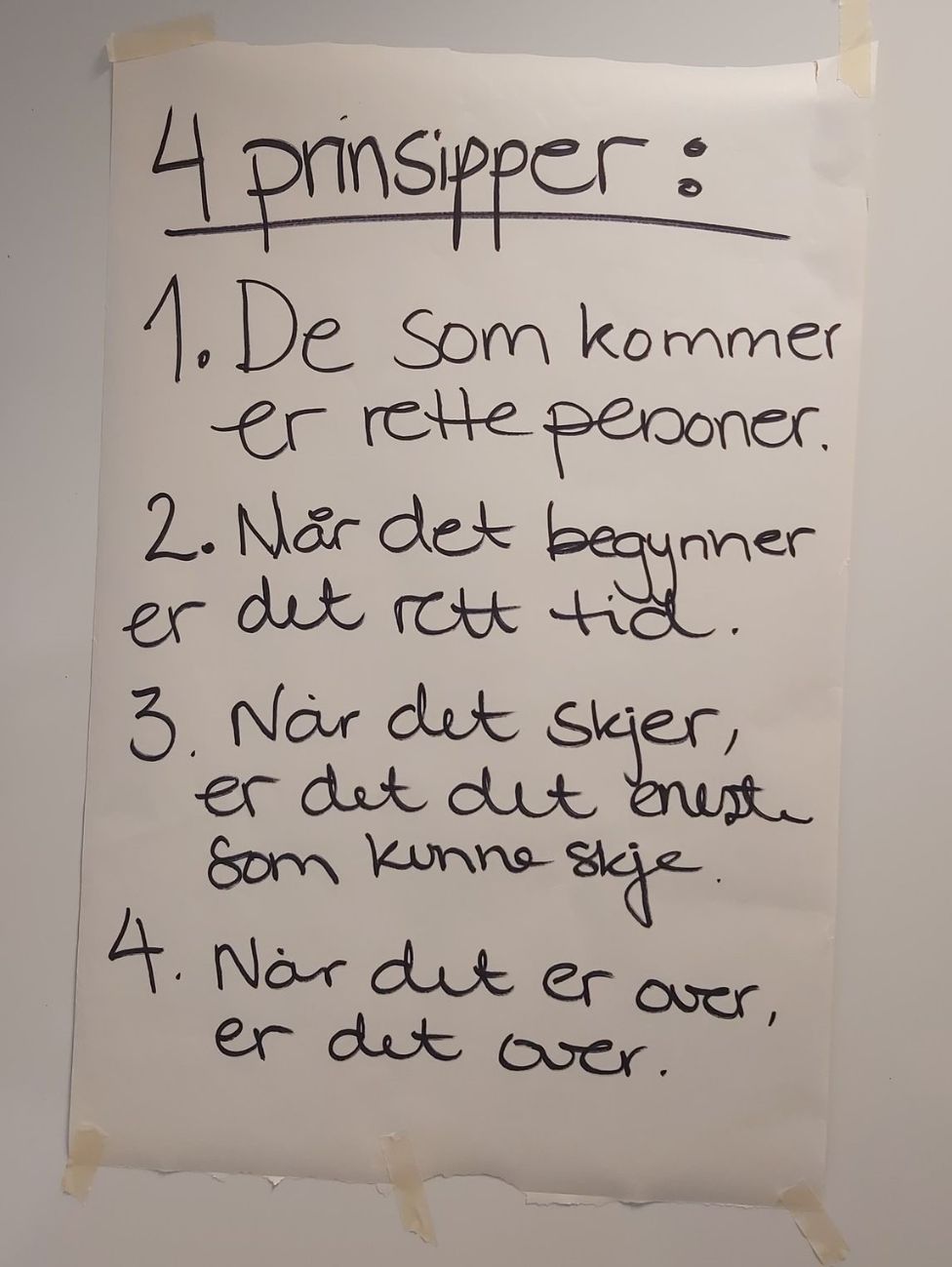
A day of participatory learning
The event was held on June 9, 2022, with 21 pupils from 8th grade, six different teachers and assistants, the editor, and me together for the entire school day.
By collaborating with the local newspaper, we all learned more about the requirements for a newspaper article of 300 words. The local newspaper gained access to material on what today’s young people think our local community will look like in 2050 and concluded an ongoing project with the school and pupils to follow up with articles in the local newspaper coming fall.
As the facilitator led the activities, the class’s teachers and the editor from the local newspaper participated on an equal footing with the students. The teachers cared for students with particular needs and were accountable for the school.
The pupils posted their agenda topics and self-led their time and activities within the schedule for the day. They were accountable leaders of their own time, energy, and engagement. The pupils engaged powerfully in all activities and, worked on many topics during the workshop. The subjects they collectively wrote articles on were:
- Virtual reality in 2050 as an optimizer of life quality
- Harassment and bullying
- Discrimination based on sex, color, and sexuality
- Will cars be running on diesel and petrol in 2050
- How will we understand good health in 2050
- Circular economy and less waste
- Threatened spices in 2022, and the status for them and others in 2050
- The impact on Norwegian wealth and society if we do not have income from the sale of oil and gas
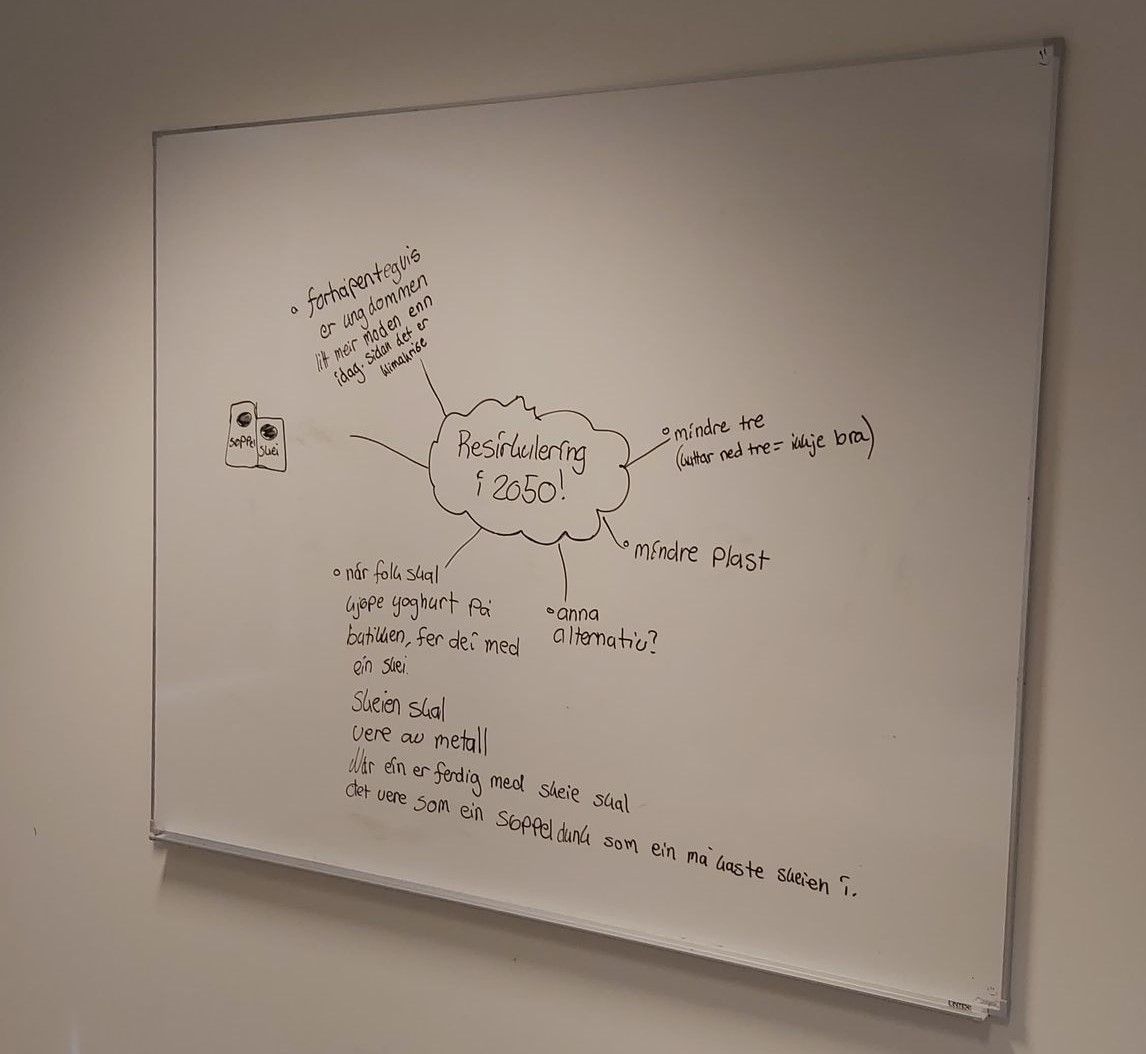
The 5toFold voting
After the writing was complete, all the articles were hung as newspapers on the classroom walls. The facilitator, I read all the news to the participants. I made a proposal based on these articles for 5toFold decision making. The proposal was, having read this news as the most critical news reaching the newspaper locally on that day in 2050, that they see themselves as citizens of this community and will take leadership in achieving this possible future.
After reading all the articles, we opened up for questions and reflection, sharing what needed further exploration of understanding and clarification through open questions. Wrapping this part up, we briefly examined if we had a full image including different aspects of our local society in 2050 to make a decision over. The conclusion was yes, and in the final step of 5toFold decision-making, we voted.
None were voting five fingers. That means no one supported realizing this future or saw themselves taking leadership to make it come true. Four persons voted four fingers, showing they supported the future described in the newspapers but did not see themselves taking any leadership in realizing it. Thirteen participants voted by showing three fingers. That means they supported the future shown, but do not take leadership to achieve it, have no significant concerns, and are open to other futures that can come into play. None voted one or two fingers, meaning no one has significant concerns connected to the decision and will take active leadership against it.
One voted with a folded hand, saying he did so because of significant concerns about this future. He shared his concerns connected to the news about VR possibilities in 2050: “If you have a shitty life at school and home, technology provides you the opportunity to log off physically from your body and log in to a virtual world where you are a valuable person, where people will be together with you as you are, where you will be able to use your potential and do all the things you could imagine .”He could not be part of the decision-making where we take leadership for realizing a future where people are not connected in the real world and are seen as valuable citizens of their local communities.
When a Fold happens during 5toFold voting, it means that the proposal, as it stands, does not pass and is not implemented. Perhaps these young students will discover a better proposal for themselves. A vision for 2050 that they can work towards.
After the voting, we celebrated with ice cream, a gift to all participants from the mayor. The mayor also gifted fruits, and energy bars throughout the day to keep the energy high at all times.
Conclusions
As a facilitator, you do not engage in the dialogue and hold the space open for all the other participants. Sometimes this is very hard. A 13-year-old boy put words to my thoughts and feelings in this process.
It greatly impacted me hearing the perspectives of the pupils working on the virtual reality topic and what I experienced as a lack of empathy from the group as they listened to the open sharing on this topic. It is the inspiration behind my contribution to the One Day in 2050 initiative.
In the closing circle, I invite everyone to say something about their day’s experience, reflections, and learnings. Everyone that talked said it had been a completely different day at school. They liked working like this and had learned a lot. Some expressed the wish to work more like this in the future. One said it had been an entirely different day, but he would have preferred to play football and go to the gym. The feedback from the teachers and other adults was great. The editor said he had learned much and would bring these topics into the local newspaper in the coming months.


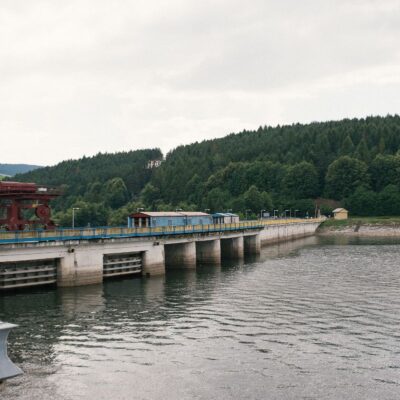
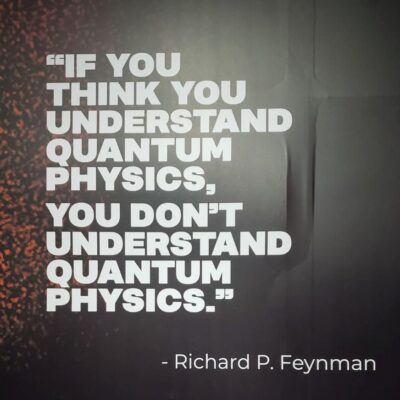
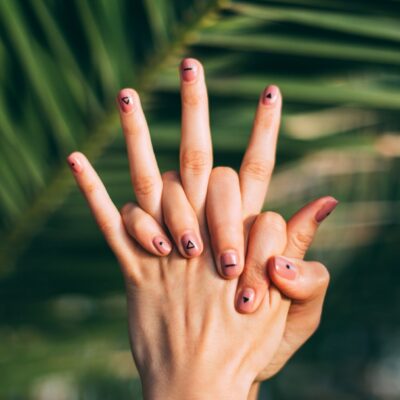
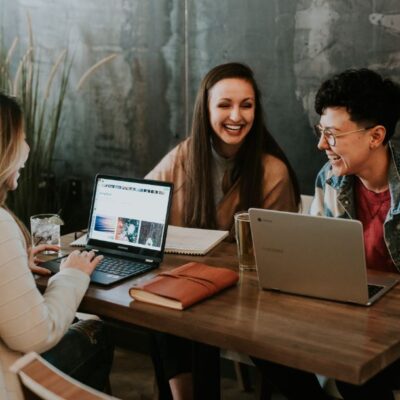
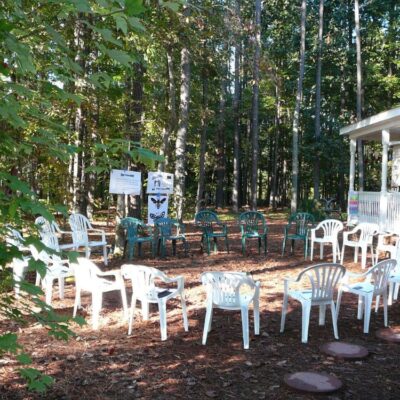
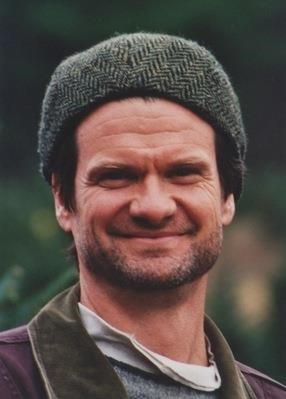


Elisabeth Tepper
Wow Ann Heidi… What an amazing experience and I can see and feel all the “backstage” work to carry out such an agenda for one day.
Bravo!!!
I am sure the work changed the childrens and grown-ups’ perspective of what is and isn’t possible.
Thank you for this article.